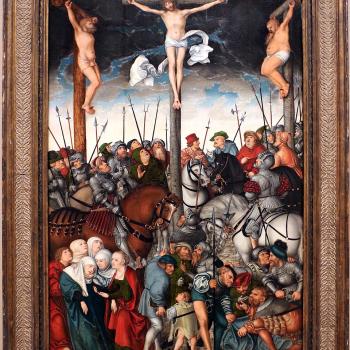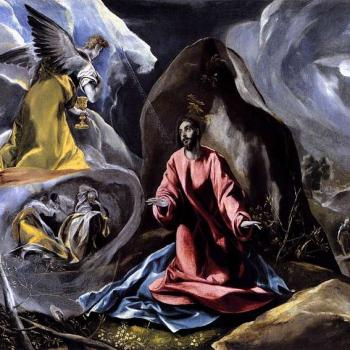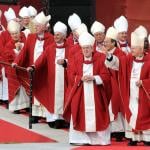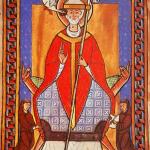J. J. Cale died, the musician and songwriter responsible with Leon Russell for developing the so-called “Tulsa Sound.” This was a bluesy, rock ‘n’ roll shuffle, often adorned with a honky tonk piano. The most notable exemplar of the Tulsa sound was the non-Okie Eric Clapton, but it can also be found in the numerous collaborations of Leon Russell and in groups like the Tractors.
As someone who grew up near Tulsa and went to college in Oklahoma in the 1970s, I can say this is my kind of music. (In addition to the music, the Tulsa scene at that time included late night TV with “Mazeppa Pompazoidi,” a.k.a. Gailard Sartain, a comic genius who would later go to Hollywood for Hee Haw and other mostly bit parts unworthy of him, with Gary Busey as Teddy Jack Eddy. Busey also went to Hollywood and had a pretty good career. Though known for some meltdowns, he became a convert to Christianity. Did anyone else out there stay up late for the The Uncanny Film Festival and Camp Meeting?)
After the jump: J. J. Cale playing his most famous song and a good survey of his life and music.
From Matt Schudel, Grammy-winning singer-songwriter J.J. Cale dies at 74 – The Washington Post:
J.J. Cale, a quietly influential singer-songwriter who stayed in the background while better-known musicians had hits with his songs, including “After Midnight,” “Cocaine” and “Call Me the Breeze,” died July 26 at a hospital in La Jolla, Calif. He was 74.
He had a heart attack, his manager, Mike Kappus, told the Associated Press.
Mr. Cale was never as well known as Eric Clapton, Lynyrd Skynyrd, Johnny Cash or many of the other musicians who recorded his songs. But if his career was unsung, his songs were not.
He had been a working musician since the mid-1950s but was struggling — “dirt poor,” as he put it — and about to quit when he was driving through Tulsa in 1970 and heard Clapton singing “After Midnight” on the radio.
The song, which Mr. Cale had written in about 1966, made the Billboard Top 20 and was Clapton’s first major hit as a solo artist. It also secured Mr. Cale’s musical and financial future.
“I went, ‘Oh, man, I might stay with the music business,’ ” Mr. Cale told the Los Angeles Times in 2009. “I was about ready to get out of it. I was playing Friday and Saturday nights and looking for a day job.”
Mr. Cale won a Grammy Award for best contemporary blues album for “The Road to Escondido,” a recording he made in 2006 with Clapton, but for years he was content to live in obscurity and let his understated songs speak for themselves.
“In my humble opinion,” Clapton wrote about Mr. Cale in his 2007 autobiography, “he is one of the most important artists in the history of rock, quietly representing the greatest asset his country has ever had.”
Mr. Cale and his fellow Oklahoman Leon Russell were credited with developing the “Tulsa sound,” a relaxed style of bluesy country rock with minor chords, simple lyrics and a shuffling beat that helped define a decade of roots-based, Southern-style rock-and-roll.
And here is a long but spectacular video of J. J. Cale and Leon Russell at their prime:
















